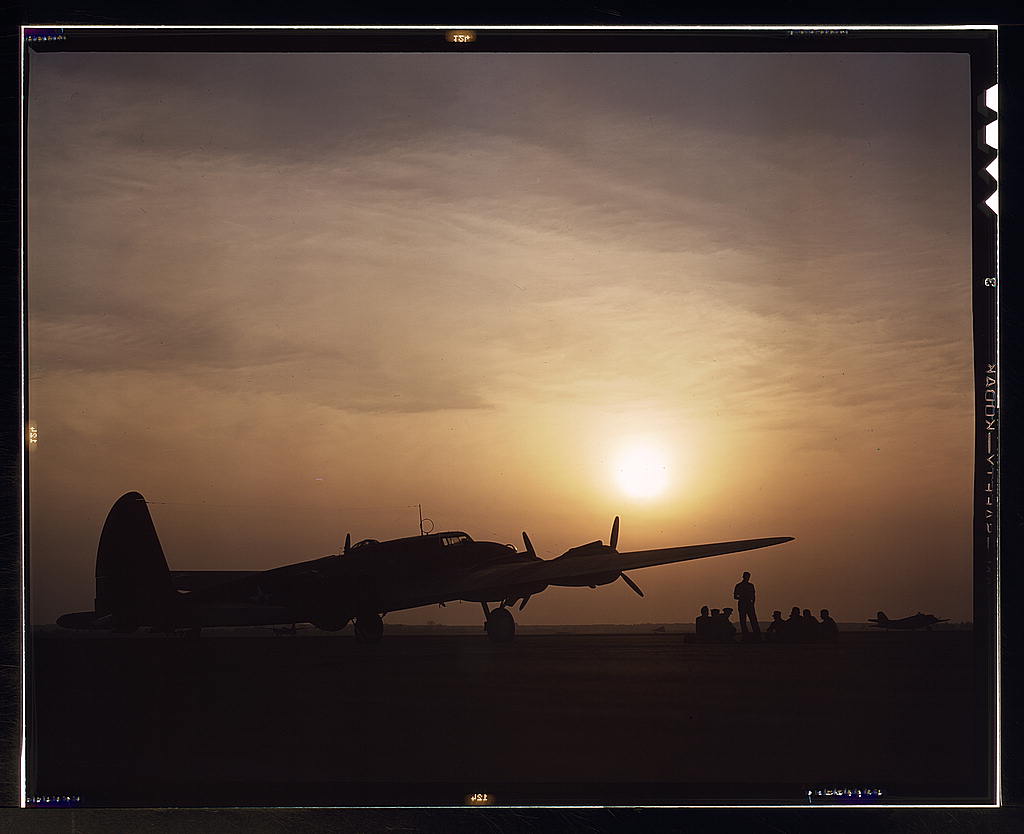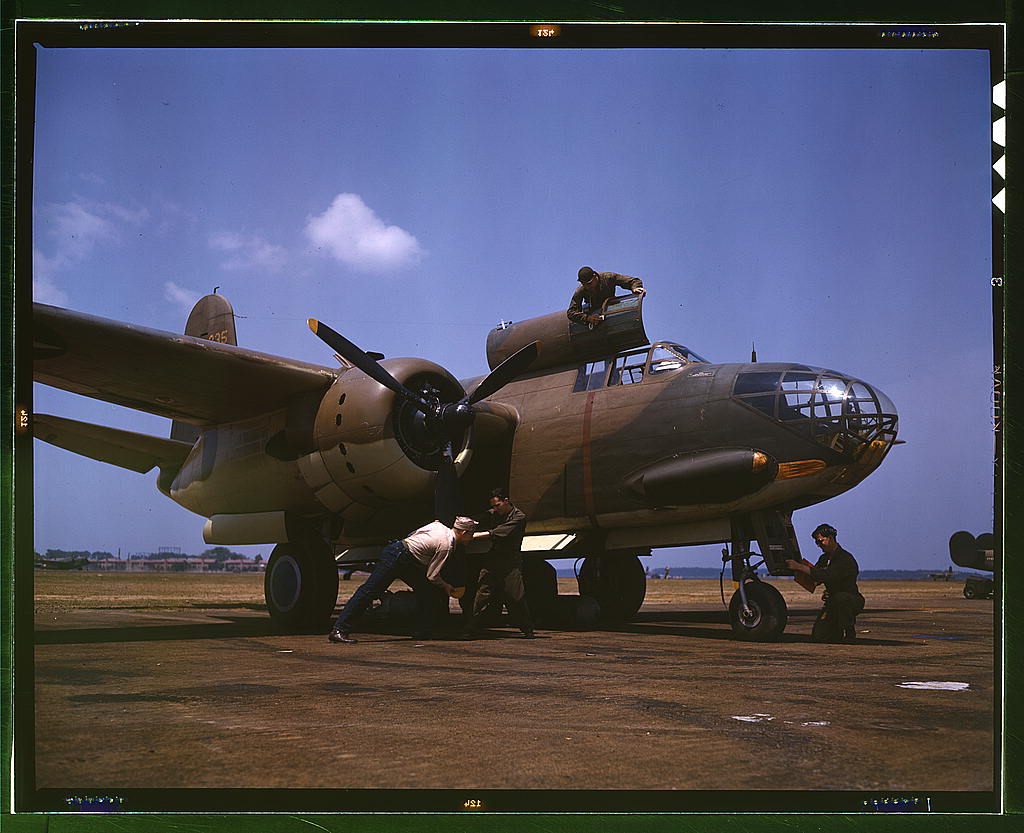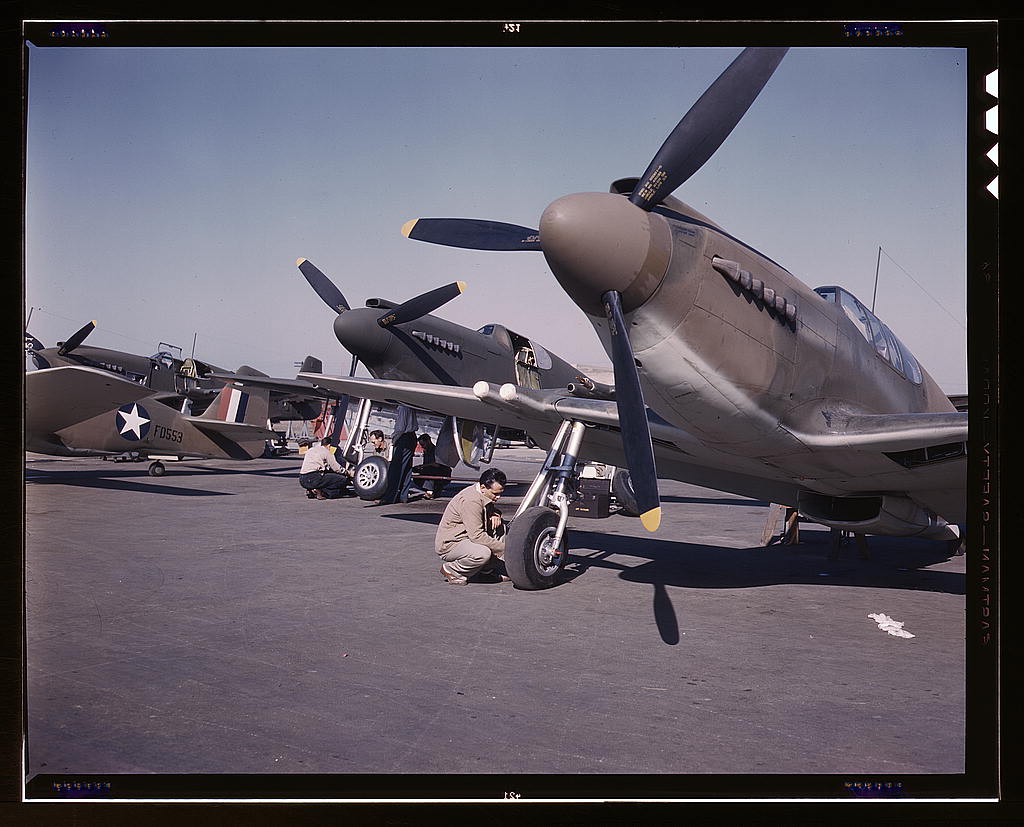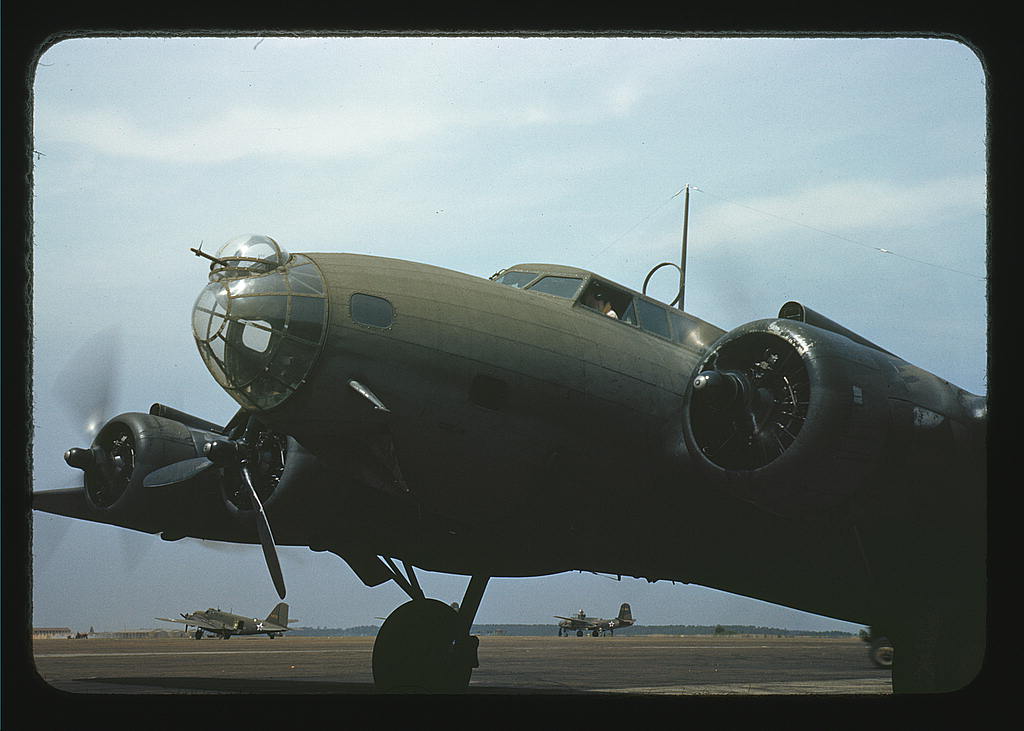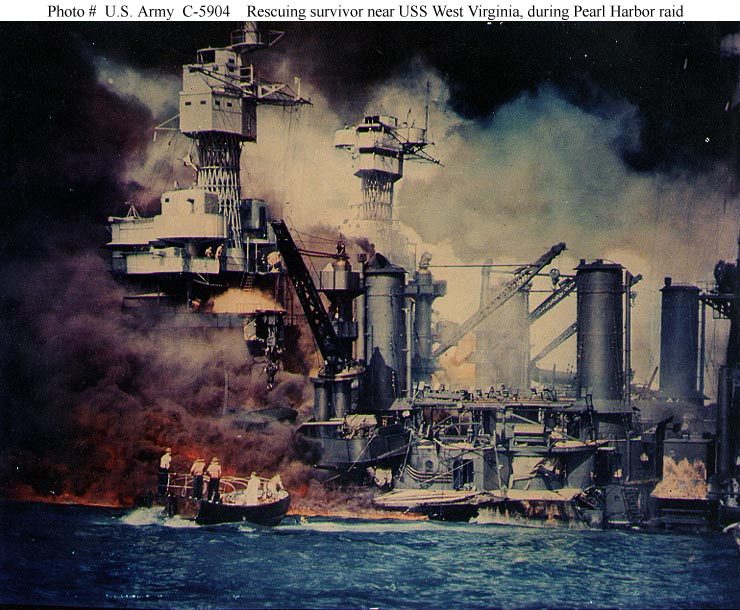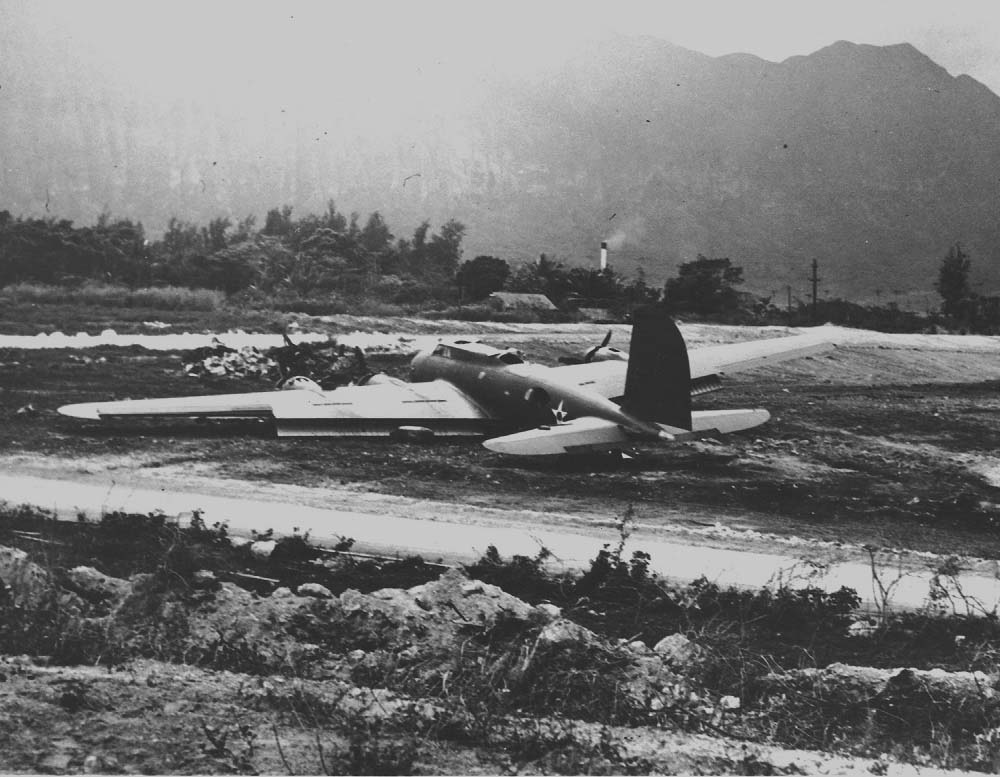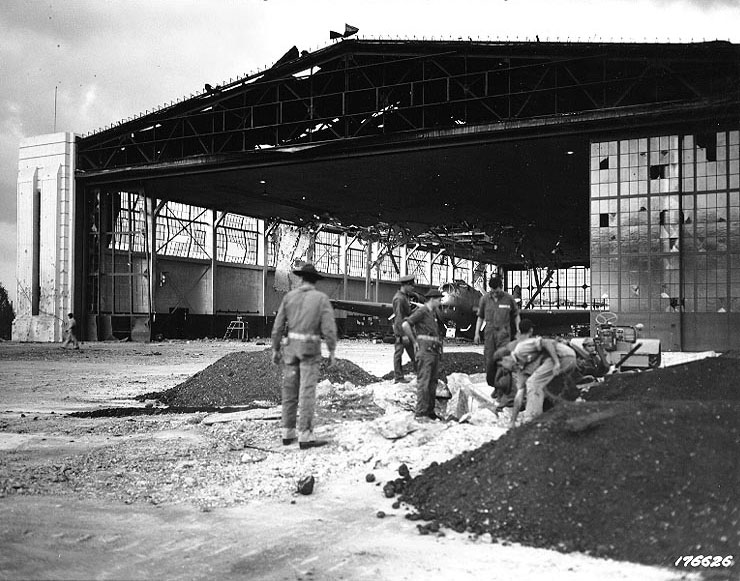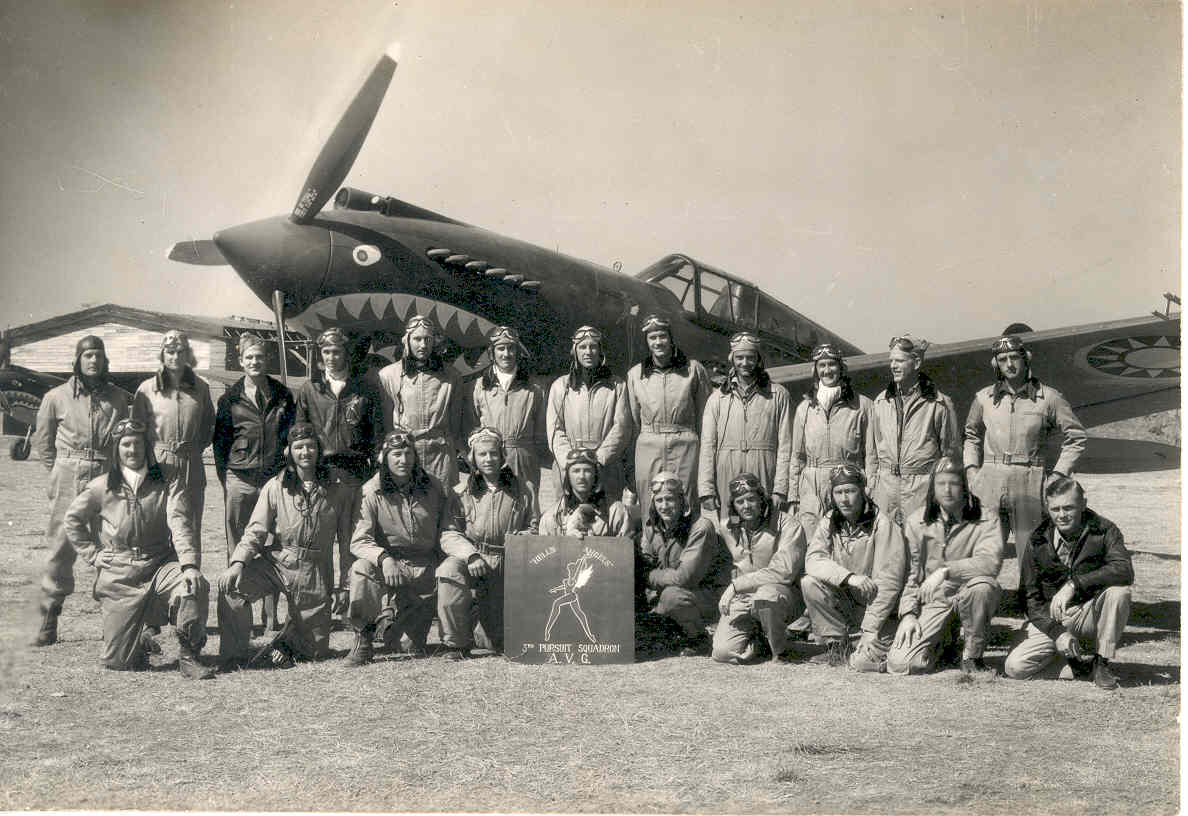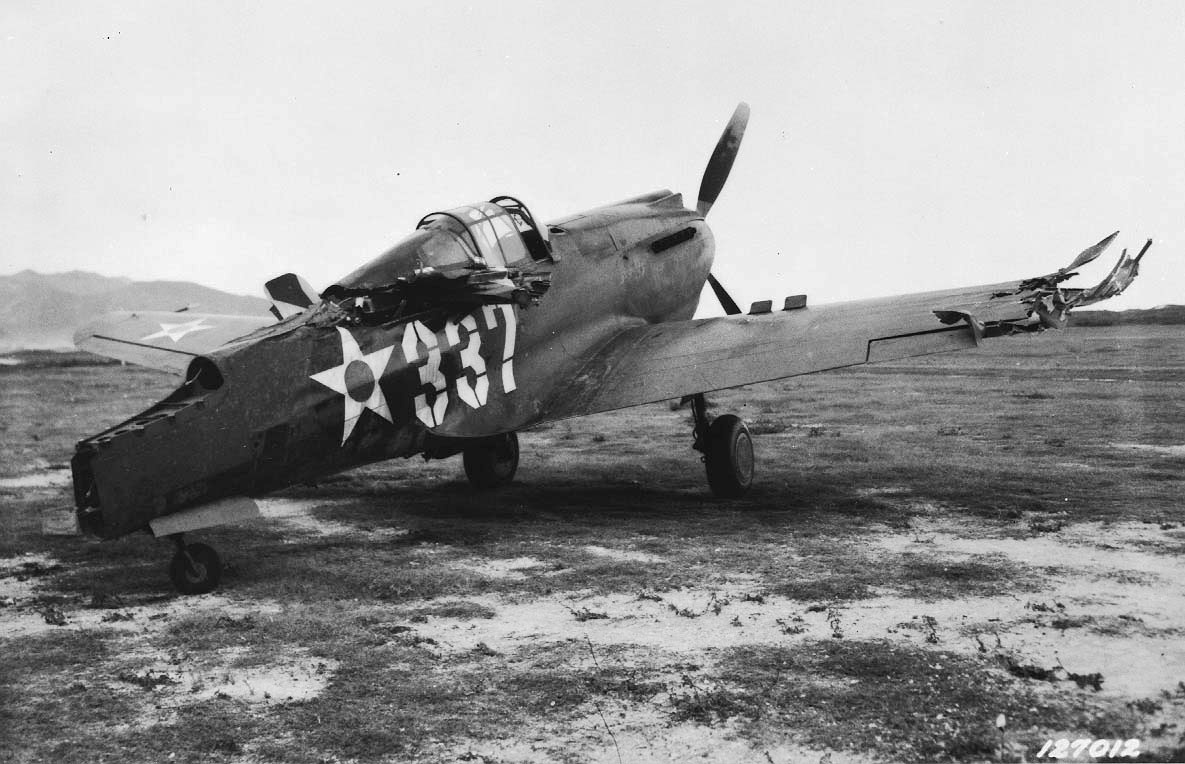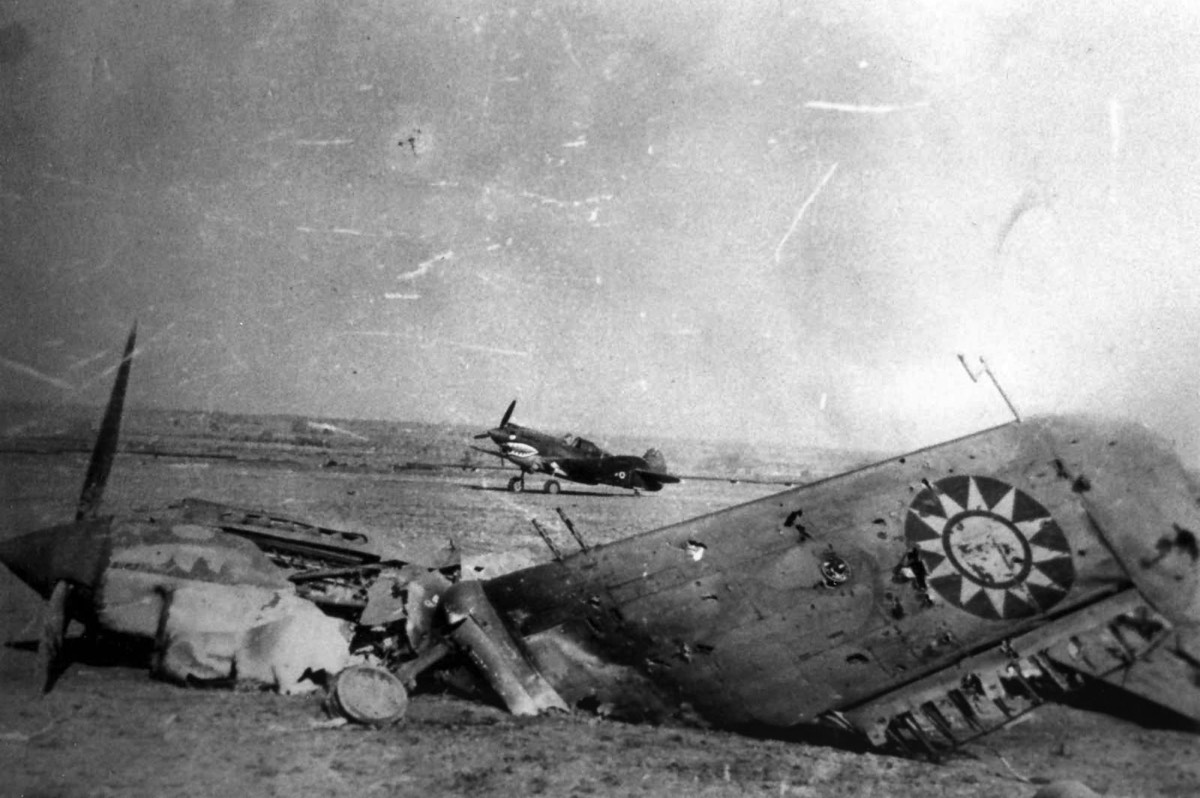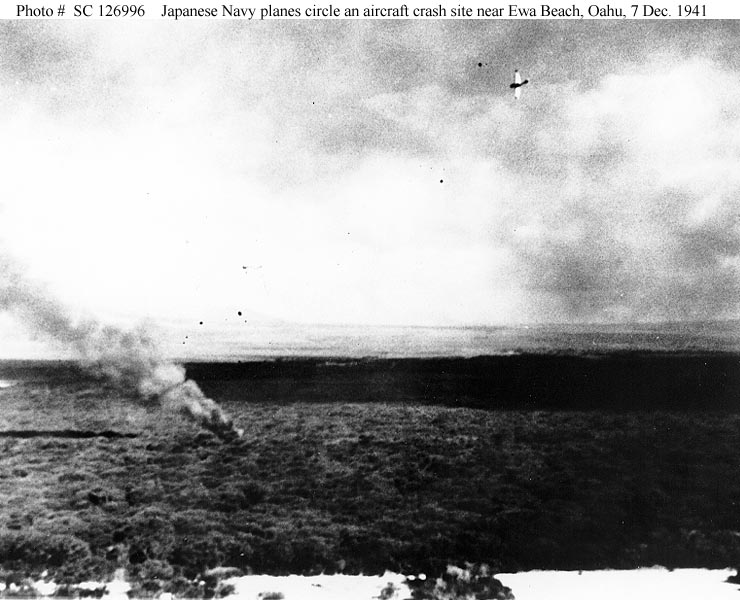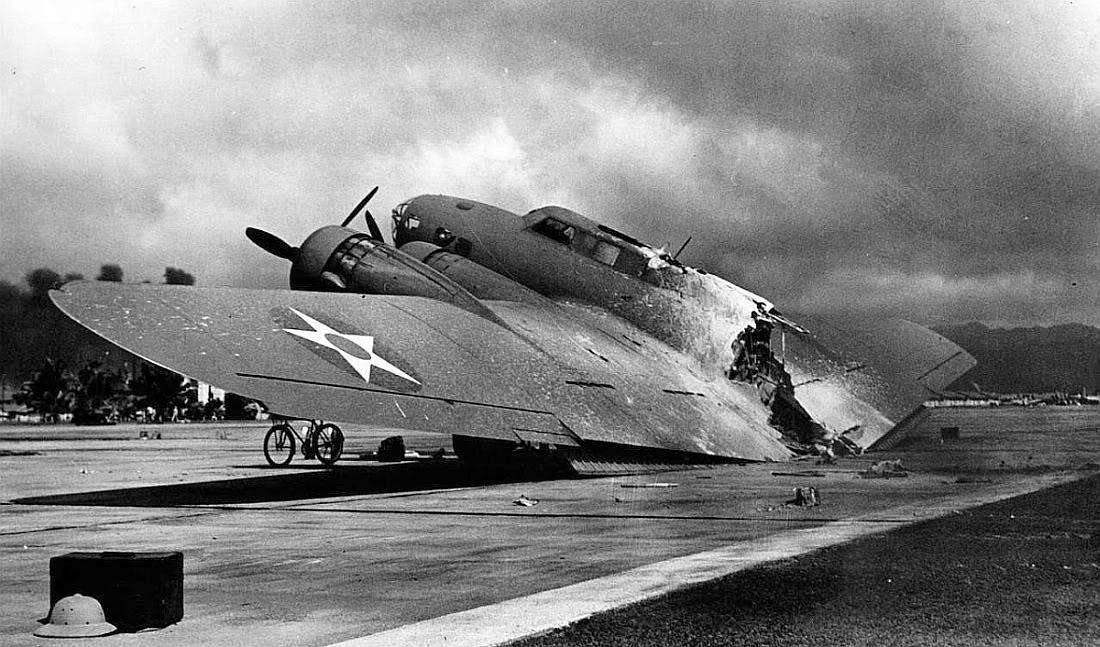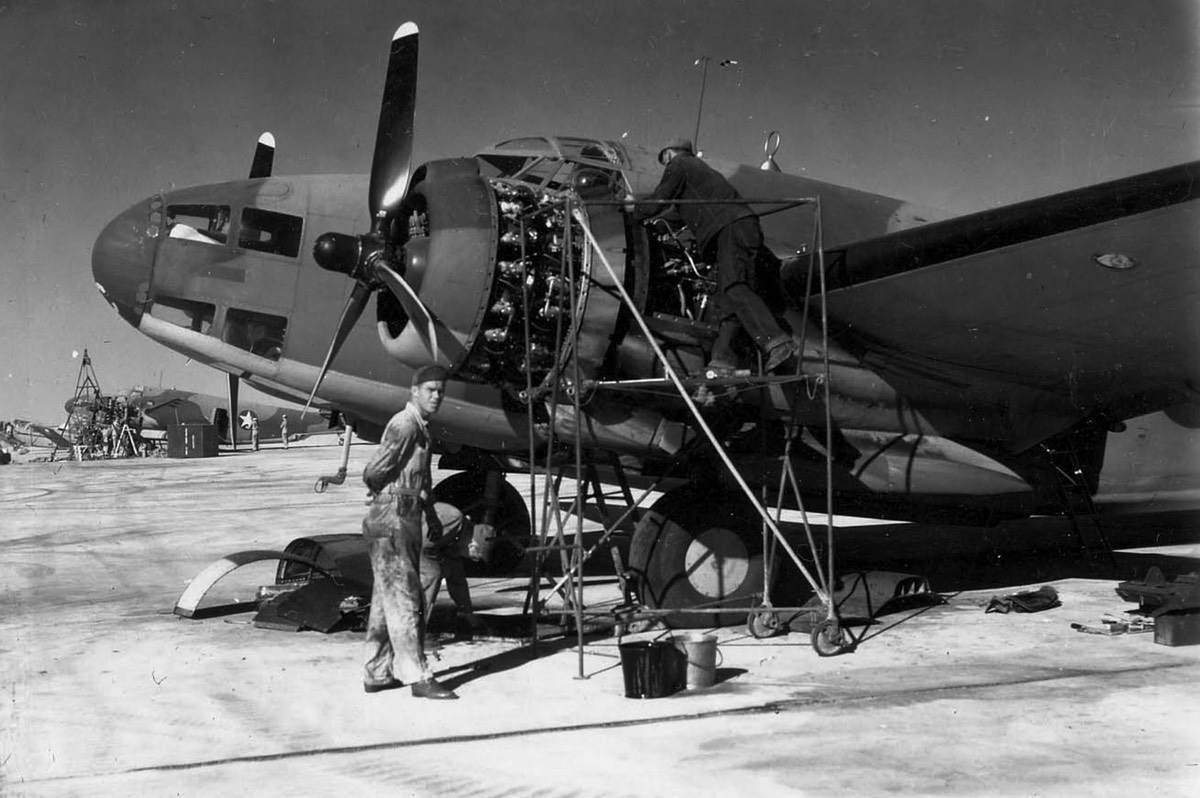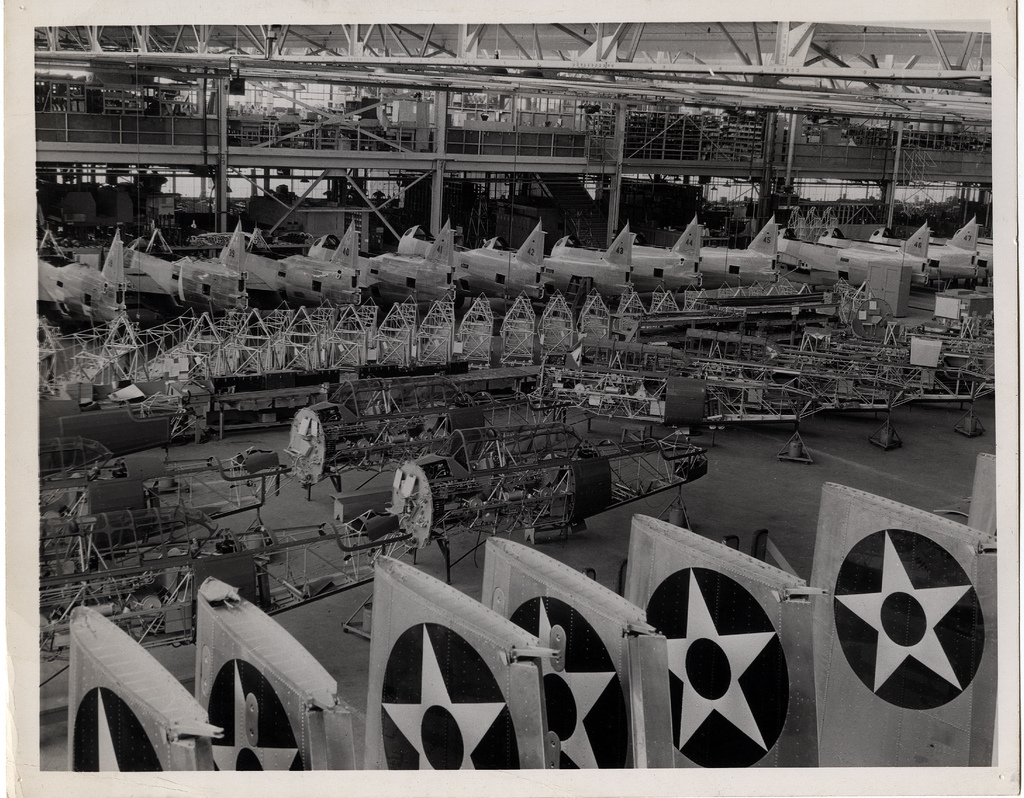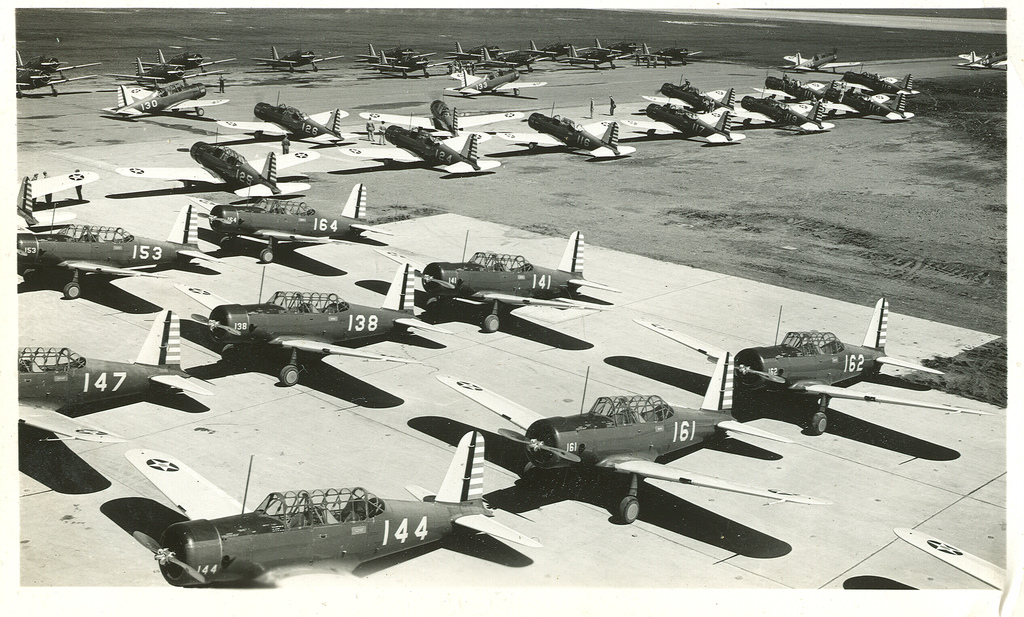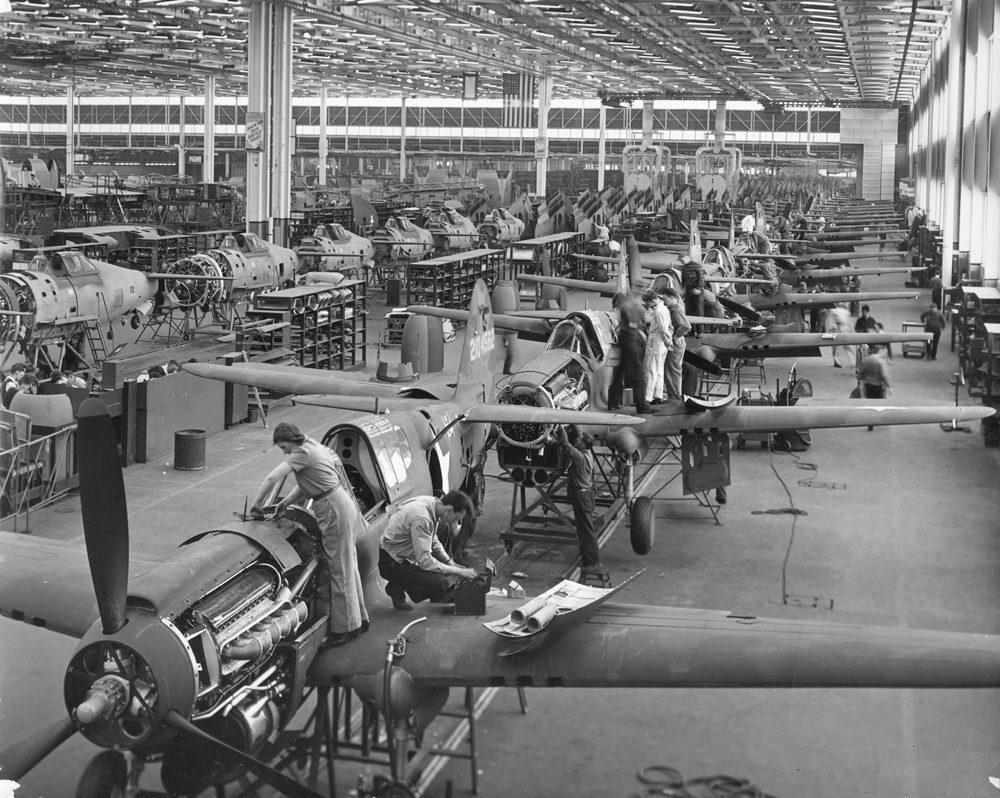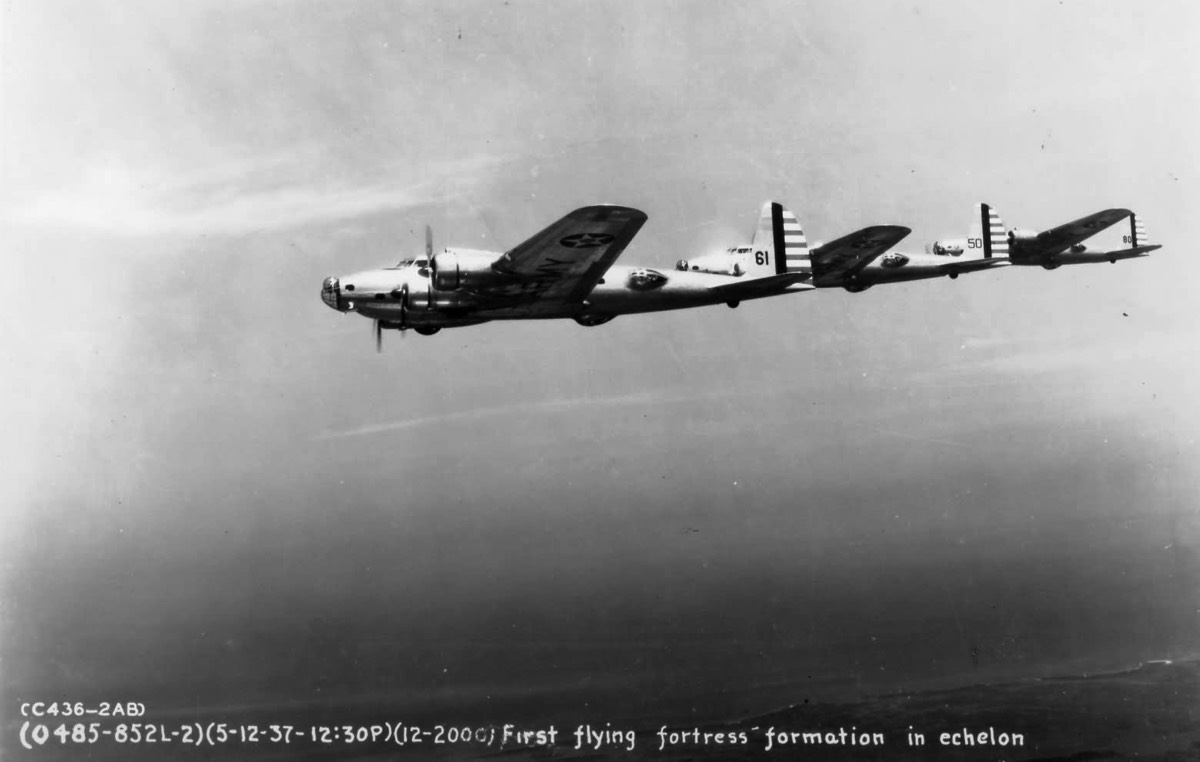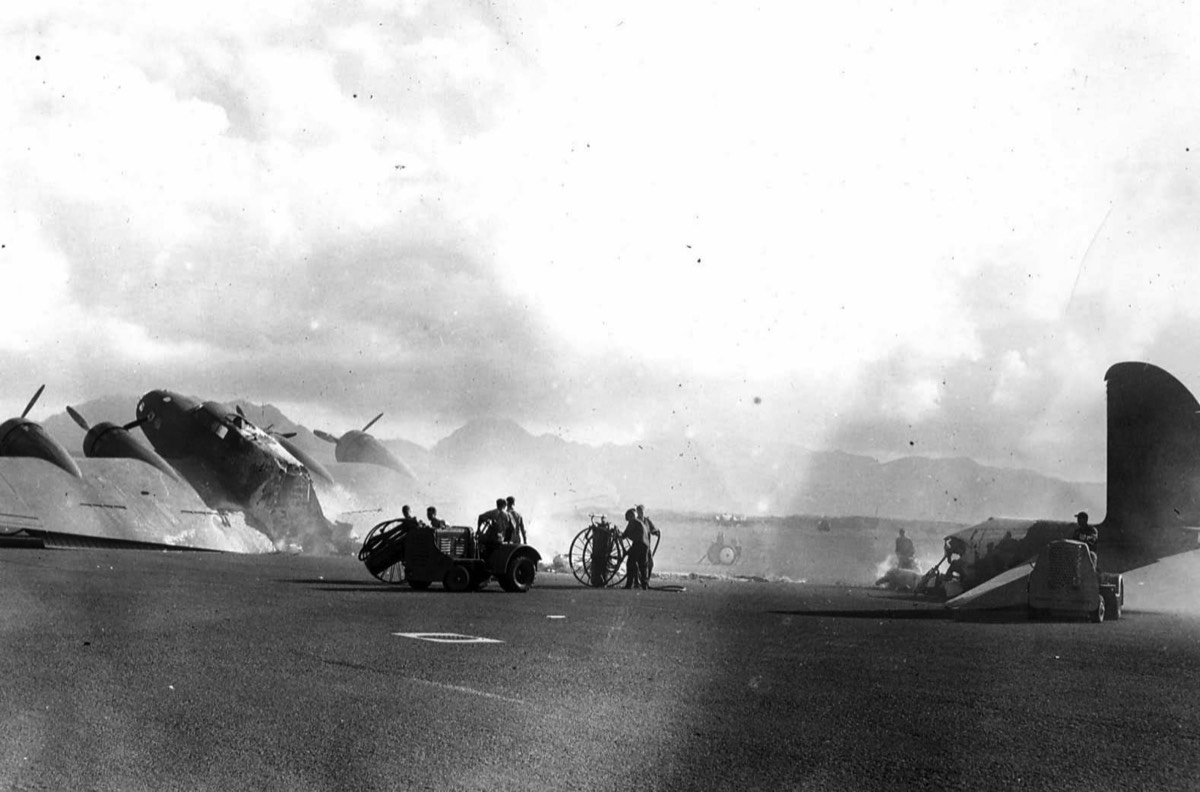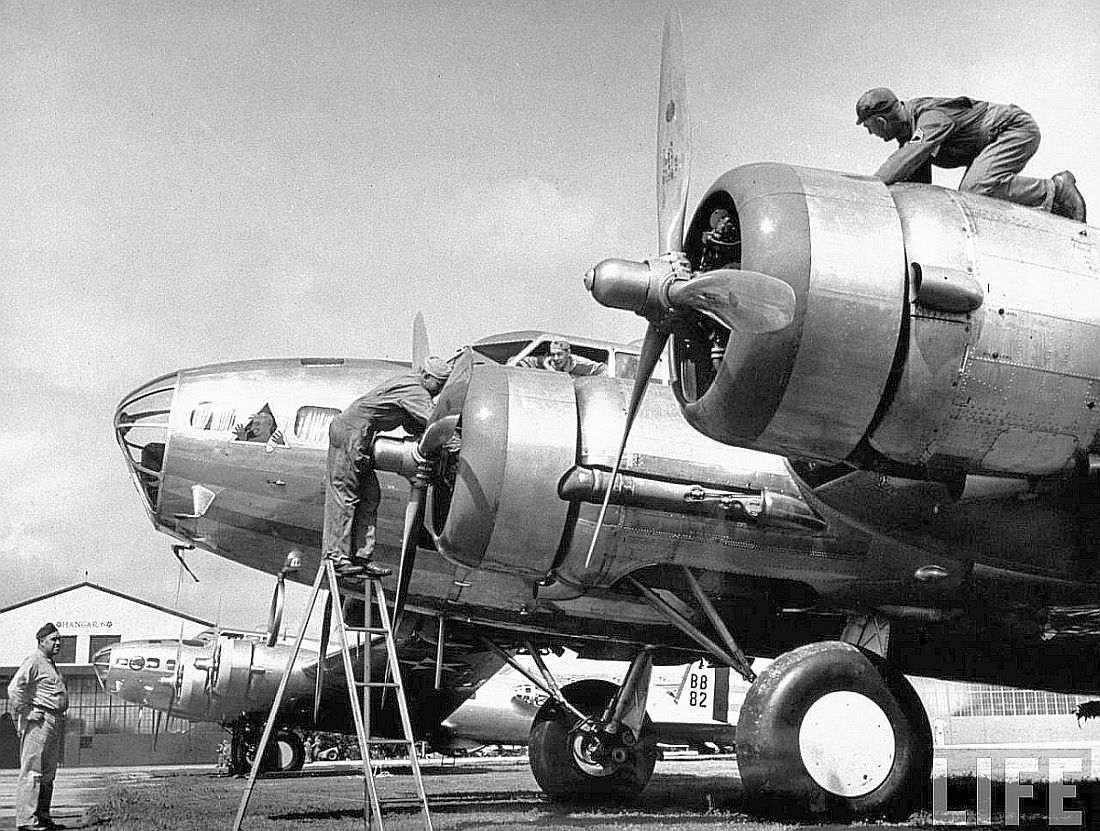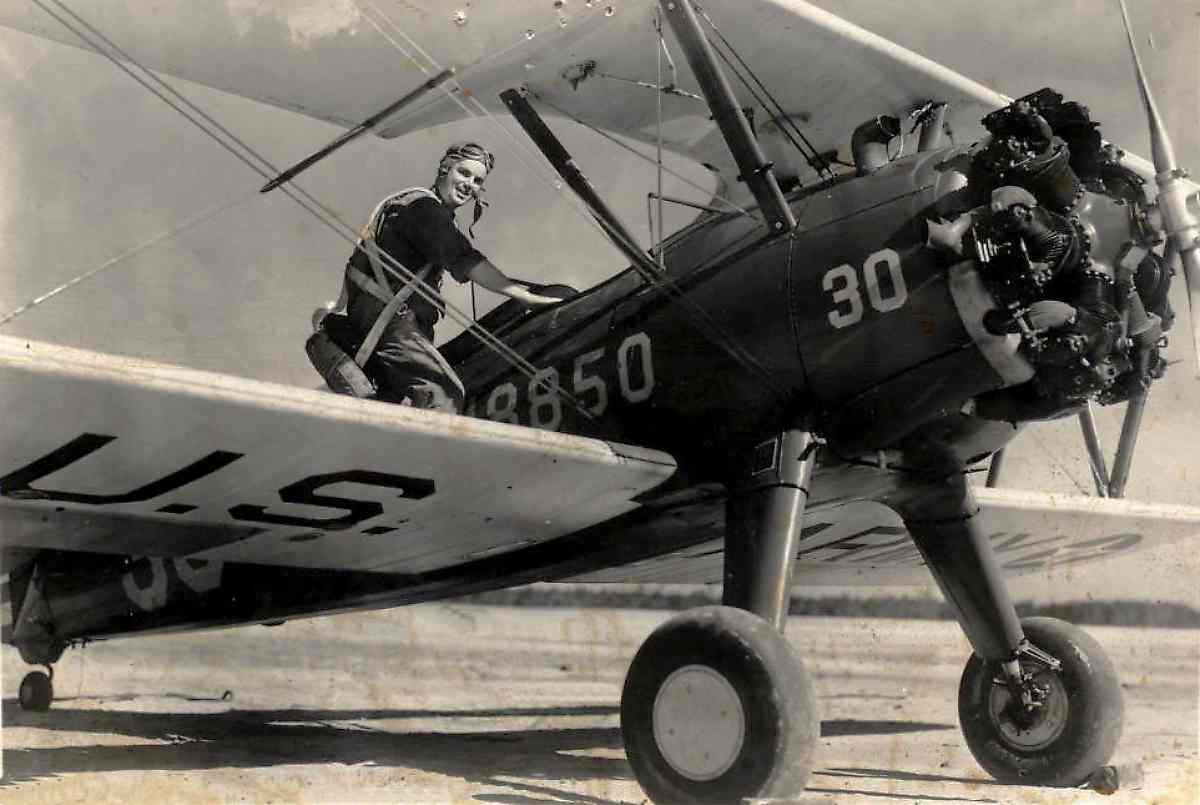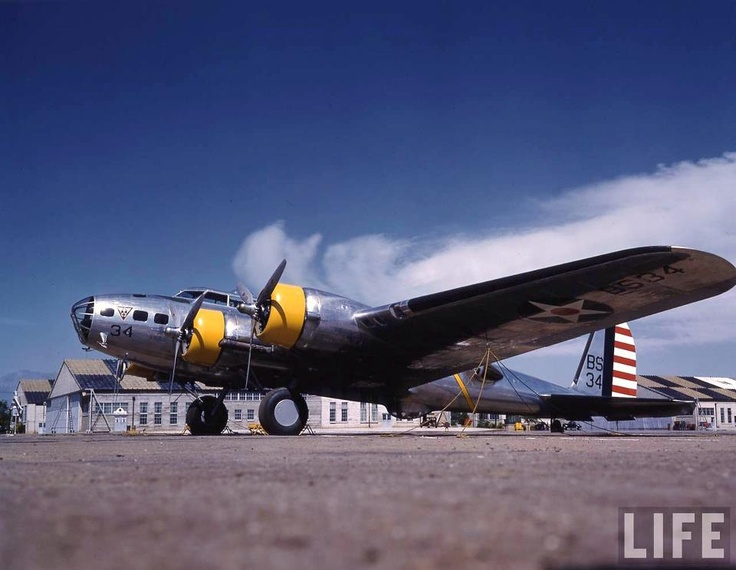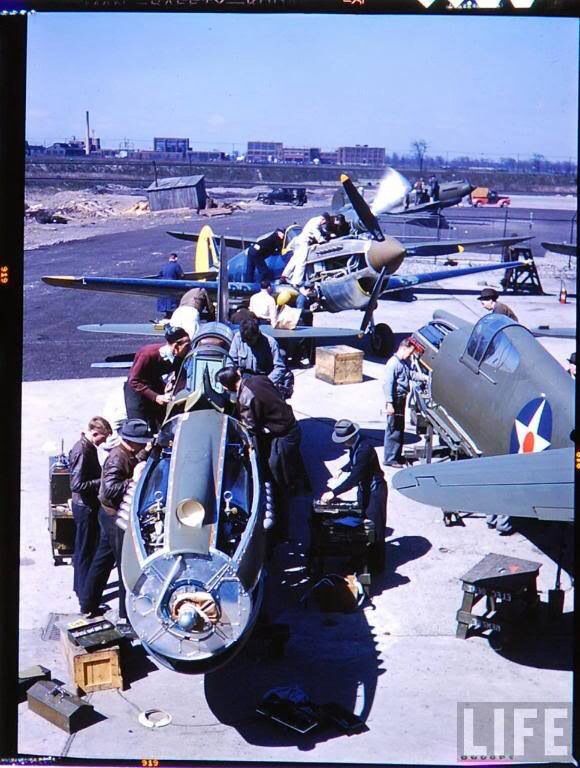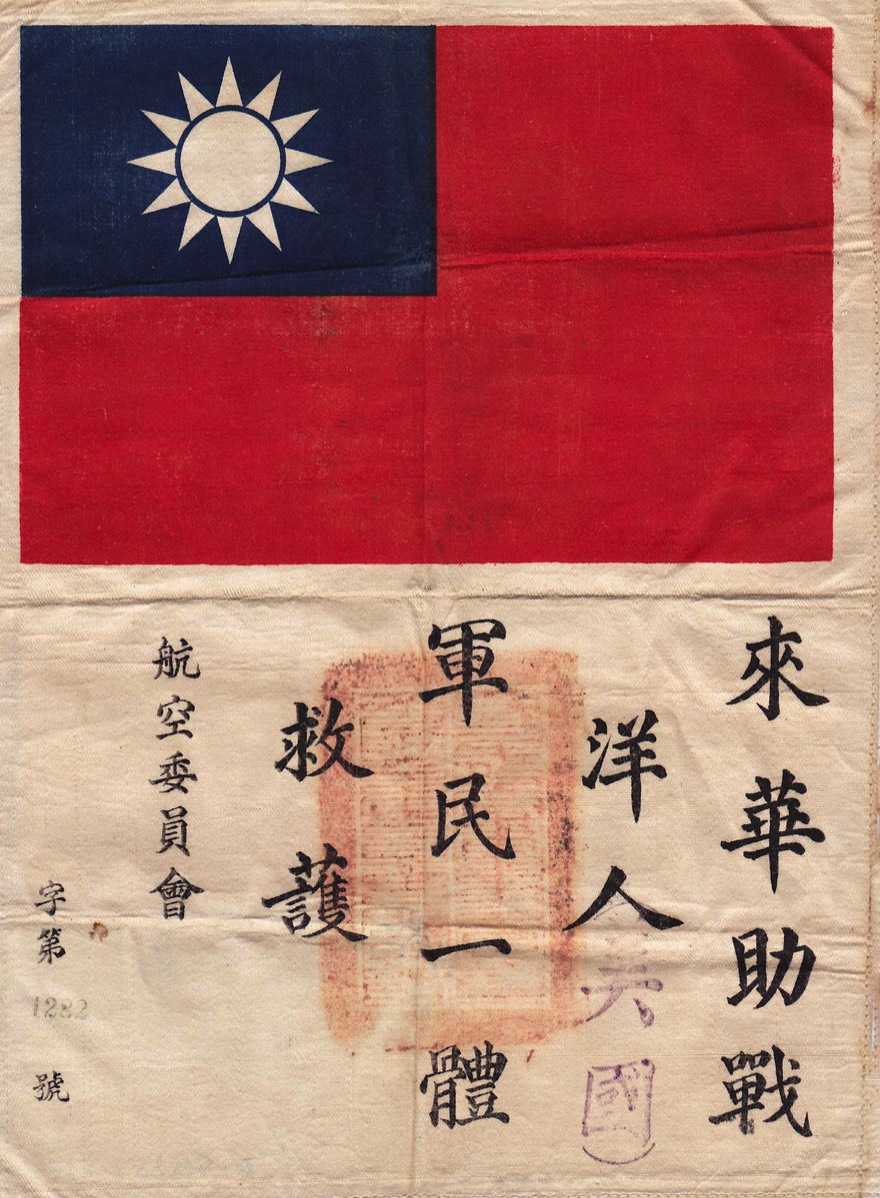United States involvement during the Interim period leading up to the attack on Pearl Harbour December 7th 1941
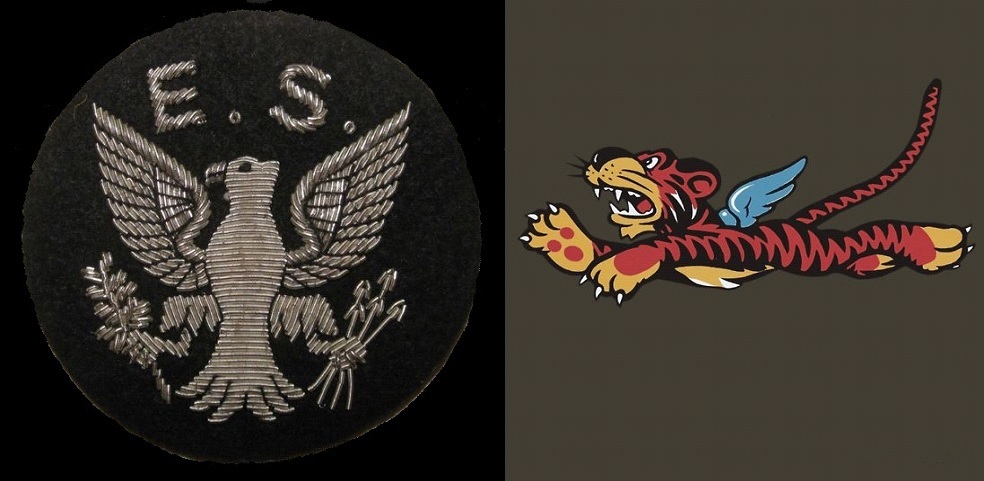
Although America did not enter World War II until the attack on Pearl Harbour December 7th 1941 Declaring war on Japan the following day, and Germany soon after. As soon as England declared war on Germany in 1939 aircrew training began in the U.S.A., These would eventually form the three Eagle Squadrons, manned by American volunteers, that were formed in Britain during the autumn of 1940, at the height of the Battle of Britain. They were the brainchild of Charles Sweeny, a highly successful American businessman living in London. A screening program was organised in the United States to process the thousands of volunteer pilots for the RAF and RCAF. By the time America officially entered the war, with the bombing of Pearl Harbour, 50,000 applications were received and 6,700 pilots were cleared for service. This early activity relating to American airmen serving in the R.A.F. prior to the bombing of Pearl Harbour is reproduced here relating to these early Eagle squadron losses.
The first all-American Squadron formed was No.71 Squadron, based at Church Fenton near York, although for a while they were commanded by British Officers. The first recruits were three pilots that had joined the RAF earlier in the year, seeing combat with No.609 squadron at Warmwell during the Battle of Britain. These were Eugene ‘Red’ Tobin, Andrew Mamedoff and Vernon ‘Shorty’ Keough and they joined on September 19th 1940.
Things moved quickly during the next few months and the unit received its first combat ready aircraft when nine Hurricane Mk.I’s arrived on November 7th. The unit was then sent to Kirton-in-Lindsey later that month and their numbers continued to grow.
Also listed here, American involvement in China relating to Flying Tiger volunteers.
The loss of William "Billy" Mead Lindsley Fiske.
Billy joined the RCAF and later transferred to the RAF. He was sadly to become the first United States Citizen to be killed in the second world war conflict.
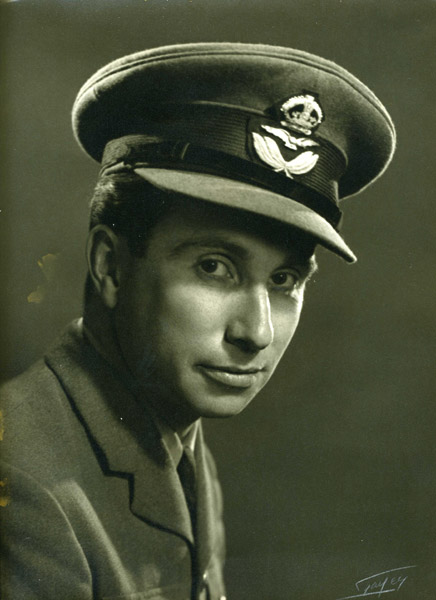
Details of Billy's tragic loss -
17.08.1940. No. 601 Squadron Hurricane I P3358 P/O Fiske.
Location: Tangmere Airfield, West Sussex, England.
January -
February -
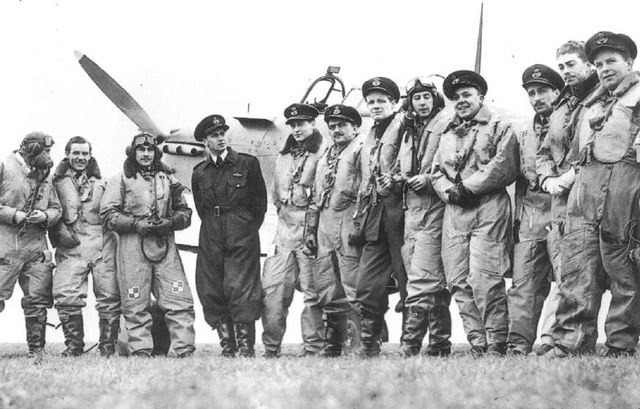
71 (Eagle) Squadron in February 1941:From left to right are William Nichols; Ed Bateman; Mike Kolendorski,;
Bill Taylor; Andy Mamedoff; Eugene 'Red' Tobin; Nat Marantz,; Luke Allen; Peter Provenzano;
Kenneth S. Taylor; Reginald Tongue (a British pilot on temporary assignment); Gus Daymond; and Sam Muriello.
The unit was pronounced operational during February 1941, when it moved to Martlesham Heath in Suffolk, within North Weald’s sector.
March -

President Roosevelt signs the Lend-Lease bill to give aid to Britain and China (1941).
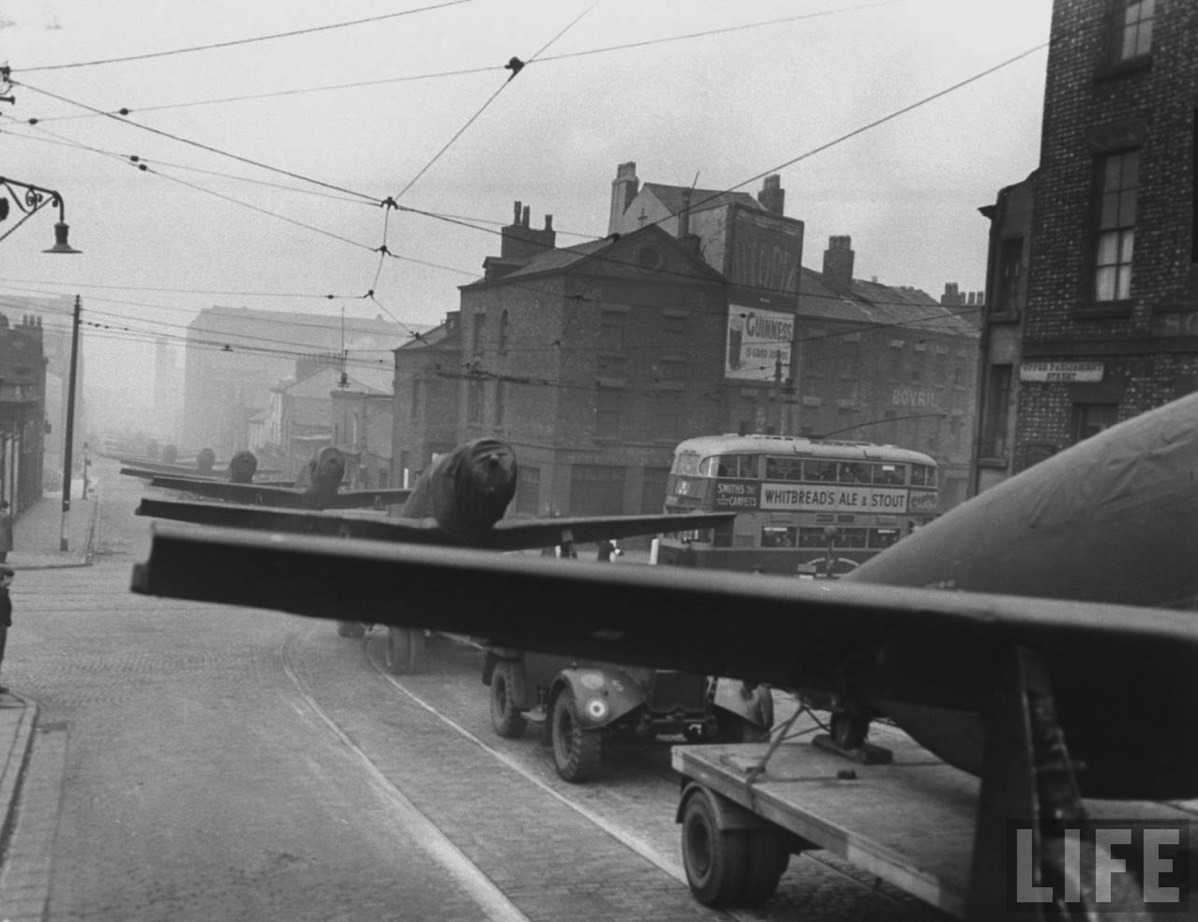
Life Magazine captures Lend lease P-51 Mustangs leaving Liverpool Docks.
11th March 1941 Lend-Lease Agreement.
The Lend-Lease policy, formally titled An Act to Promote the Defense of the United States, (Pub.L. 77–11, H.R. 1776, 55 Stat. 31, enacted March 11, 1941)[1] was an American program to defeat Germany, Japan and Italy by distributing food, oil, and materiel between 1941 and August 1945. The aid went to the United Kingdom, China, and later the Soviet Union, Free France, and other Allied nations. It included warships and warplanes, along with other weaponry. The policy was signed into law on March 11, 1941, and ended overnight without prior warning when the war against Japan ended. The aid was free for all countries, although goods in transit when the program ended were charged for. Some transport ships were returned to the US after the war, but practically all the items sent out were used up or worthless in peacetime. In Reverse Lend Lease, the U.S. was given no-cost leases on army and naval bases in Allied territory during the war, as well as local supplies.
The program was under the direct control of the White House, with Roosevelt paying close attention, assisted by Harry Hopkins, W. Averell Harriman, and Edward Stettinius Jr.. Roosevelt often sent them on special missions to London and Moscow, where their control over Lend Lease gave them importance. The budget was hidden away in the overall military budget, and details were not released until after the war.
A total of $50.1 billion (equivalent to $543 billion in 2016)[2] was involved, or 11% of the total war expenditures of the U.S.[3] In all, $31.4 billion ($340 billion) went to Britain and its Empire, $11.3 billion ($122 billion) to the Soviet Union, $3.2 billion ($34.6 billion) to France, $1.6 billion ($17.3 billion) to China, and the remaining $2.6 billion to the other Allies. Reverse lend-lease policies comprised services such as rent on bases used by the U.S., and totaled $7.8 billion; of this, $6.8 billion came from the British and the Commonwealth, mostly Australia and India. The terms of the agreement provided that the materiel was to be used until returned or destroyed. In practice very little equipment was in usable shape for peacetime uses. Supplies that arrived after the termination date were sold to Britain at a large discount for £1.075 billion, using long-term loans from the United States. Canada was not part of Lend Lease. However it operated a similar program called Mutual Aid that sent a loan of C$1 billion (equivalent to C$14.2 billion in 2017)[4] and C$3.4 billion (C$48.2 billion) in supplies and services to Britain and other Allies.[5][6]
This program effectively ended the United States' pretense of neutrality and was a decisive change from non-interventionist policy, which had dominated United States foreign relations since 1931. (See Neutrality Acts of 1930s.)
April -
May -
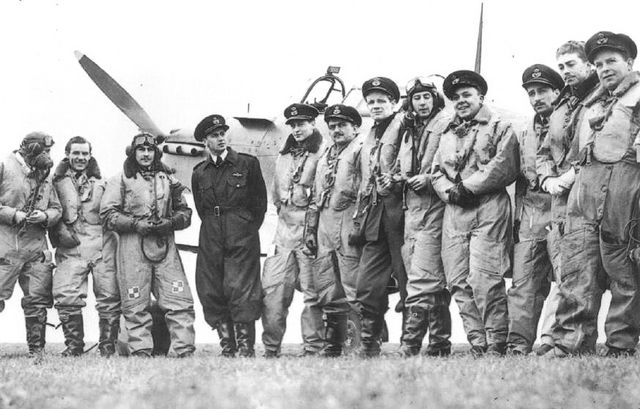
71 Squadrons first loss Mike Kolendorski 3rd from left distinctive by his Polish insignia red and white chequer board on his flying overalls.
17.05.1941 71 Squadron Hurricane II. Z3186 P/O Kolendorski.
Location: English Channel.
During May the unit re-equipped with Hurricane Mk.IIA’s and began operational sorties. During this month they suffered their first loss when Mike Kolendorski was killed during a fighter sweep over Holland.
121 Squadron.
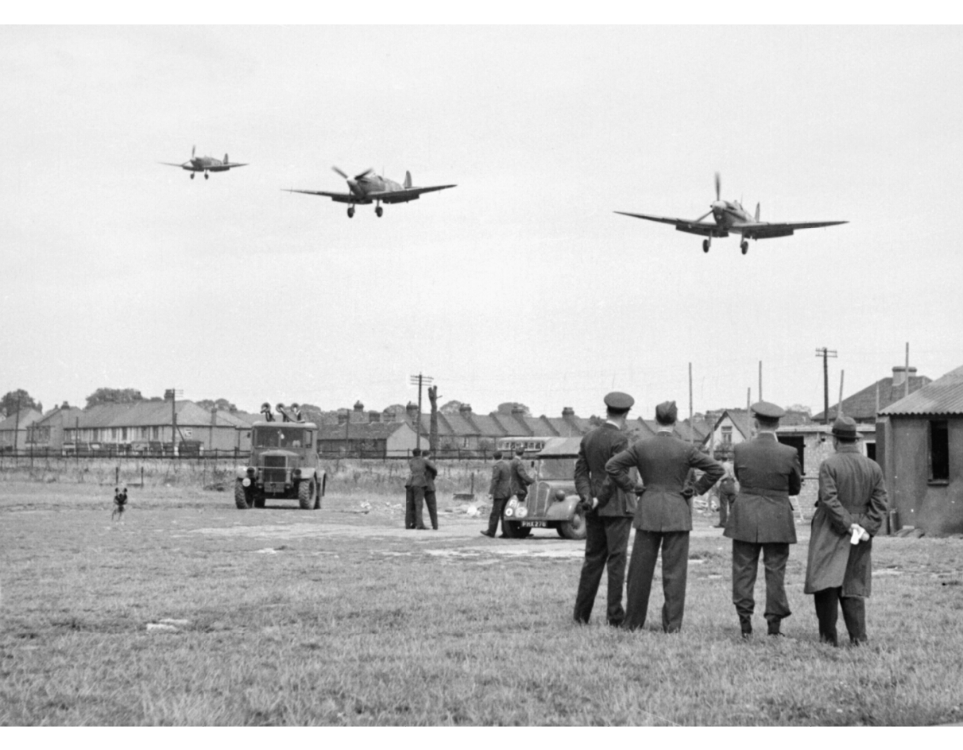
June -
In June they came to North Weald and formed the North Weald Wing with two British squadrons. Here they took part in numerous escort missions, fighter sweeps and convoy patrols.
July -
On July 2nd, William J. Hall became the first Eagle to become a POW when he was shot down during an escort mission.
August -
September -
October -
November -
December –

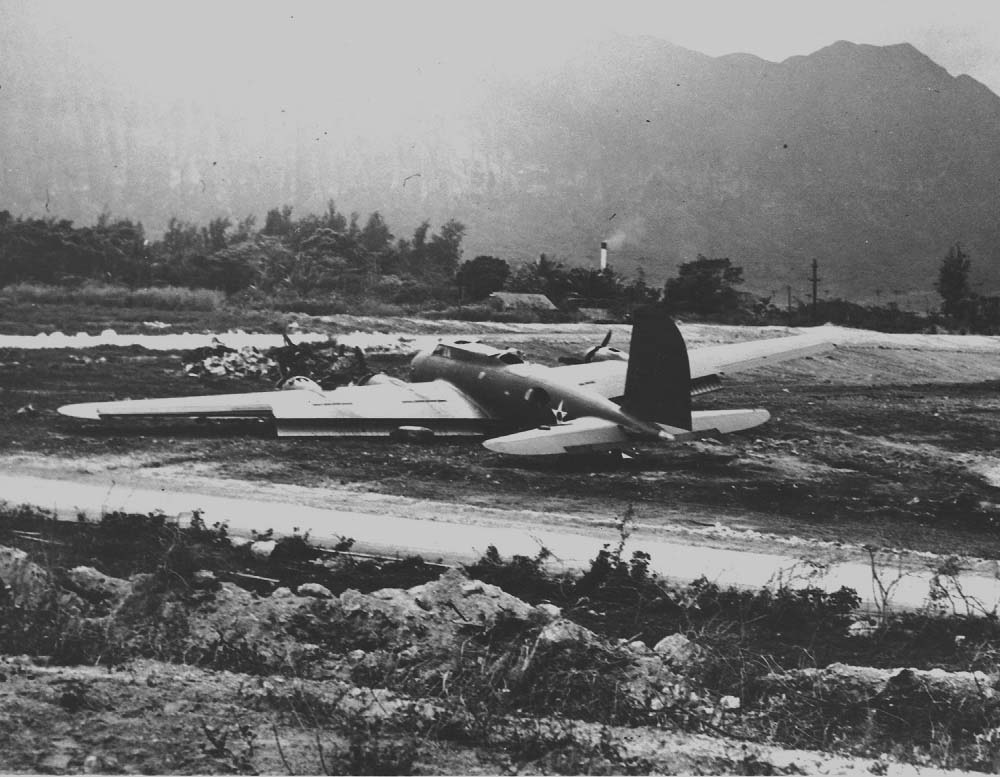
7th December 1941 Attack on pearl harbour.
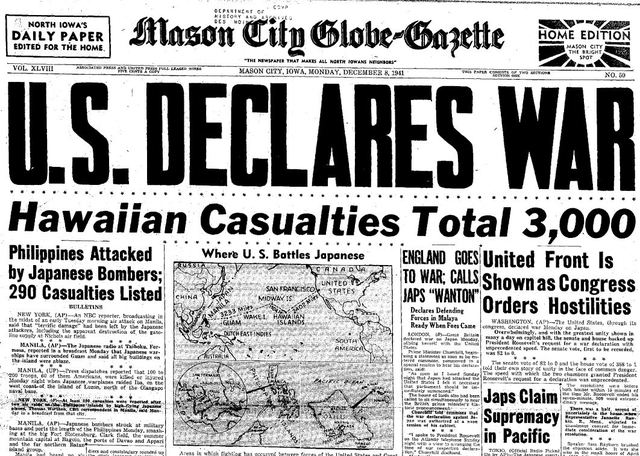
8th December 1941 United States declare war on Japan and Germany a few days later.

